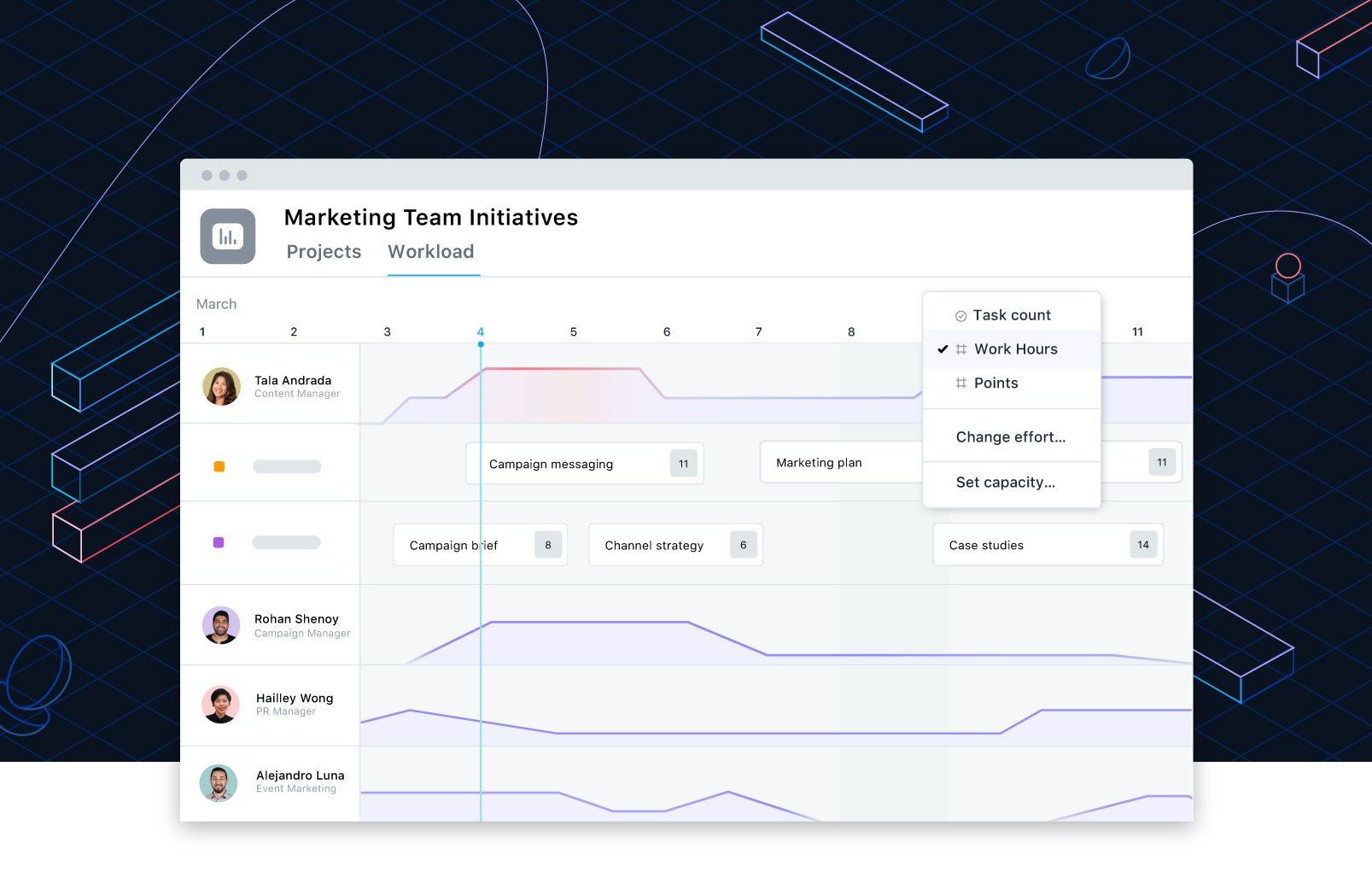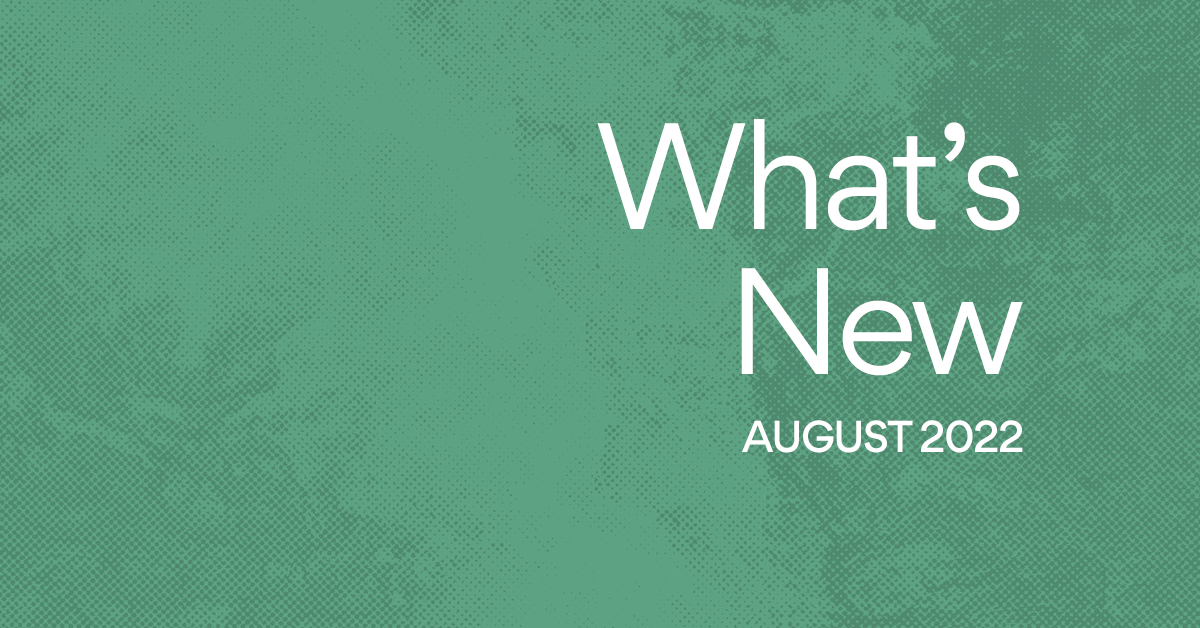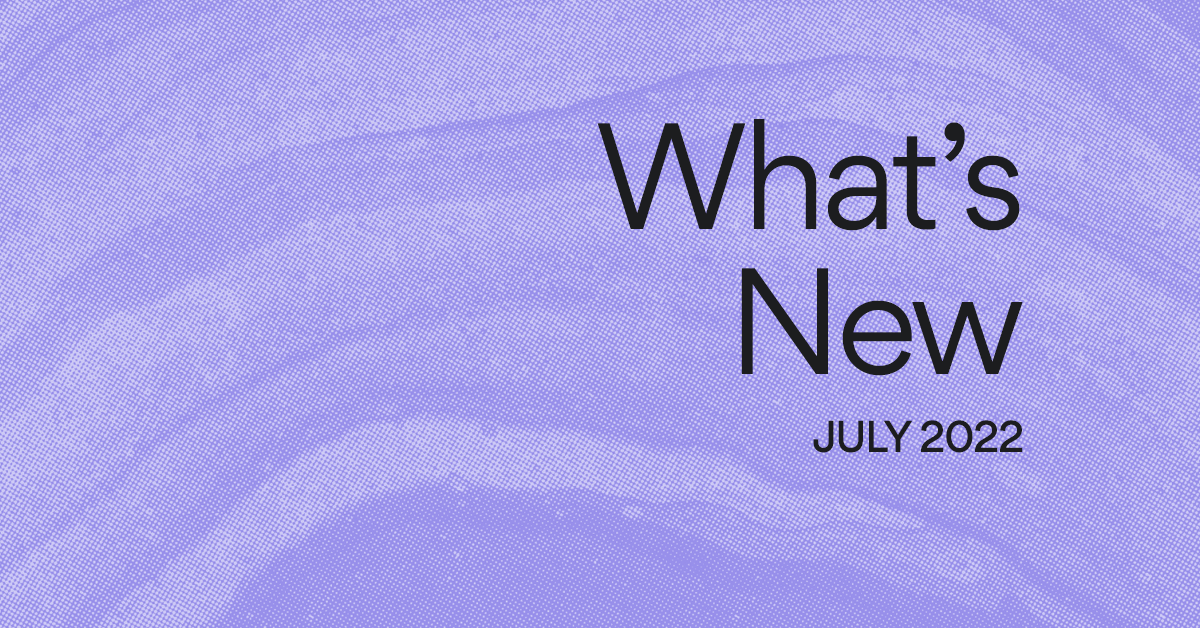Now available: Workload with effort and capacity

Read this article in French, German, Portuguese, Spanish, or Japanese.
While good leaders ensure work is delivered on time, great leaders empower their team members to deliver impact without running themselves empty. For most managers, though, preventing teams from being overworked is a real challenge.
In May, the World Health Organization recognized burnout as an occupational phenomenon. In a recent study of workplace trends among over 6,000 knowledge workers conducted by Asana & 4Media, 82% of respondents say they’ve experienced being overworked and 42% believe staff morale is low because of too much work. And while leaders are taking measures to balance the distribution of work, the tools they’re using—spreadsheets, timesheets, and even in-person meetings—aren’t working.
To tackle this problem, we rolled out Workload earlier this summer to give customers like you visibility into team capacity and the ability to easily plan and rebalance work. Since then, our product team has been busy building additional capabilities so you can monitor and manage team bandwidth more effectively.
Today we’re excited to launch Workload with effort to give you greater insight into team capacity so that you will make smarter decisions about who’s working on what at any given time.
“Workload helps us monitor business insight requests to our team so we can ensure no one is getting overloaded with ad hoc requests.”
Zak Ahmad, Senior Analyst, Outreach
What’s new in Workload: effort and individual capacity
With Workload, you gain visibility into work happening across projects in a single view and can easily reassign or reschedule tasks as business needs change. Now with effort, you can set a weight to your tasks—such as hours or points—based on any numerical custom field in Asana to better understand exactly how much work everyone has on their plates.

To make sure that no one on your team is overworked, you can also set capacity limits for individual team members. When the work assigned to them exceeds capacity for a given week, you’ll see a red line in Workload that lets you know they have too much to do.
Ways to use effort and capacity in Workload
Every team is unique and has homegrown ways of working together. This is why we built flexible features into Workload so you can seamlessly choose the best way to measure effort and capacity—whether it’s hours, points, or any other value that makes sense to your team. Here are a few examples:
- Effort based on hours: If you’re leading a creative team, you know that not all creative requests are created equal. But how do you determine the scope of creative work for one task versus another? Add effort based on hours to your tasks to give you and your team a better sense of how big or small a project really is. For instance, a 15-page e-book might take 40 design hours, while an article image only takes 4 hours of effort.
- Effort based on points: For product teams that delegate work based on points, Workload lets you see at a glance how many points have been taken on by team members. You can also see unscheduled tasks and assign them to individuals who have more capacity directly from Workload. This works great for teams using an agile workflow.
“By being able to see the creative team members’ tasks, I can easily detect bandwidth concerns to negotiate deadlines and if needed, make a case for additional resources.”
Jenny Williams, Marketing Traffic Manager, Panera Bread
How to use Workload with your team
Starting today, Workload with effort is available for all Asana Business and Enterprise customers. To add effort, just follow these steps:
- From the Workload tab in any Portfolio, click Add effort.
- Choose an existing global custom field from your organization’s library or create a new custom field to add to all projects in the Portfolio.
- To set capacity for individuals, click on the custom field you’ve added and select Set capacity from the dropdown. Then enter a number to set a weekly maximum.
- Add effort directly from Workload by selecting a task. Effort will automatically update when you change the custom field in a project or My Tasks.
Asana Tip: To get the most accurate view of effort, add both start and due dates to your tasks.
For detailed instructions on using Workload with effort, check out our Help Center article.
Keep your team balanced with Workload
Teams are most efficient and effective when everyone is working on the right amount of the right priorities at the right time. With Workload and Portfolios, you have a full set of features at your fingertips to plan, monitor, and manage work across projects in a centralized location. If you’re already an Asana Business customer, you can use Workload with effort today. If you’re not on a Business plan and would like to learn more, sign up for a free Business Trial or talk to our sales team.
Research methodology: This report is based on a survey of 6,018 knowledge workers in UK, US, Australia and NZ, This included a split of 2,404 UK workers, 2,410 US workers and 1,204 Australia/NZ workers. The survey targeted workers of varying industries, job levels and ages. It was conducted by 4media on behalf of Asana in June 2019.

